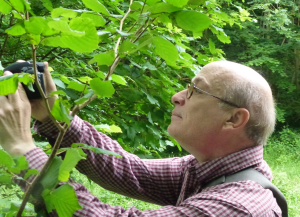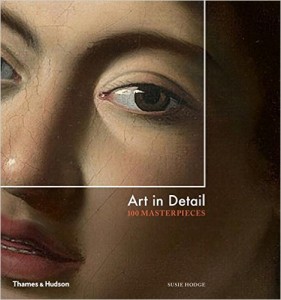The English Buildings blog is an online diary of meetings with the remarkable buildings that Philip Wilkinson sees on his travels around the country. It began in 2007 as a continuation of Philip’s The English Buildings Book, which was first published by English Heritage in 2006. The blog has since taken on a life of its own, with short pieces on all kinds of buildings, from the very large (big churches and country houses) to the very small (well houses, gazebos, even the occasional public lavatory!). The emphasis is usually on the unfamiliar – on structures that aren’t much covered in books or online – and all the text and nearly all the photographs are by Philip himself.
Asked at the Awards Ceremony how he felt about winning for a second time, he replied, ‘Honoured, totally unprepared, and amazed!’ – but the supply of interesting English architecture seems almost endless, so he continues blogging in his dazed and grateful state.




